Five Spring 2024 Harvest Green Teas To Sip Now
For those of us living along Colorado’s Front Range, we’ve been shut inside for a spell. The rain, the gloom, the mist — it swept into our strip of high plains and mountains last week and got comfortable.
Now it’s gone. The sun quickens our moods and enlivens our gorgeous landscape. The world is so green it dazzles. It is emerald.
Everything around much of the Northern Hemisphere now shifts from browns and grays to brilliant shades of green. We think its time to explore exciting new green teas we have been importing into Ku Cha for the past few weeks.
Just as the world turns chartreuse across North America in spring, so it does in China. And green means the return of leaves. Trees, shrubs, herbs, flowers —they leaf out as the days lengthen.
New shoots and leaves begin appearing on tea shrubs in much of China’s premium tea country in February. The parade of new life persists into April. Tea farmers harvest fresh shoots, buds and leaves, which are prized around the world. We work closely with tea farmers across Asia, and import some of their finest spring teas every year.
And now we offer a range of spectacular green teas from China, all harvested this spring. We look forward to treating you to these beauties!
Spring Harvest Tea: Bi Luo Chun
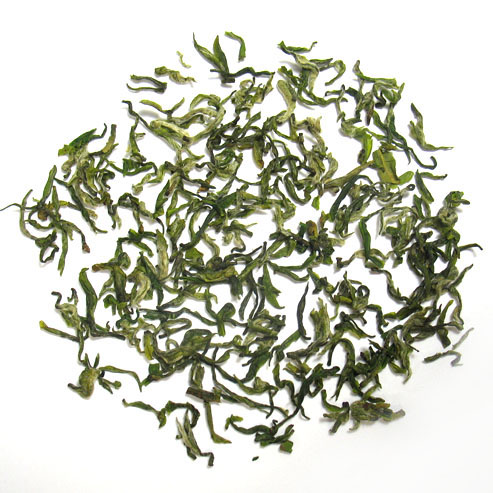
We work closely with a tea farmer on Xishan Island, a nearly 80-square-kilometer island studded with 72 mountains in Jiangsu Province. The tea farm is beautiful, with plum and bayberry trees yielding delicate, fragrant blossoms just as leaves emerge from the tea shrubs.
Bi Luo Chun means “Jade Curly Spring Tea” in Chinese, which seems perfectly apt. With its delicate appearance, perfume and intricate, youthful flavors, Bi Luo Chun captures the essence of spring.
Spring Harvest Tea: Dragon Well Superior
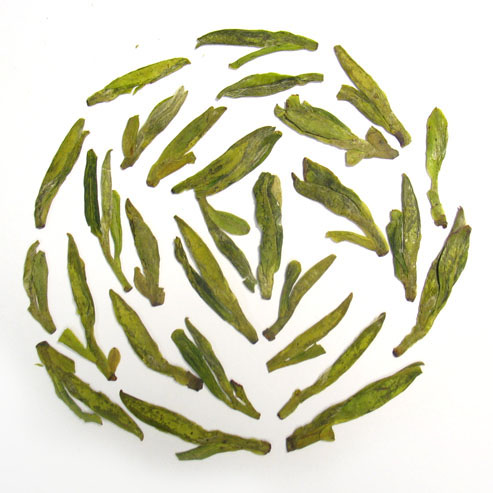
China supports a wealth of famous green teas. Dragon Well Superior may be the most renowned of all. It once was reserved for royal families in ancient China. But now Dragon Well, also known as Longjin, is available to tea importerswith strong connections to the tea farmers in Longjing Village in Zhejiang Province who grow it.
This pan-roasted green tea, produced by hand, brews into a golden liquor, broadcasting a nutty aroma and a full, round flavor. As the Chinese green tea with the most catechins, which are antioxidants, it’s also healthy. Antioxidants fight the body’s free radicals, which damage cells.
Spring Harvest Tea: Er Mei Snow Bud
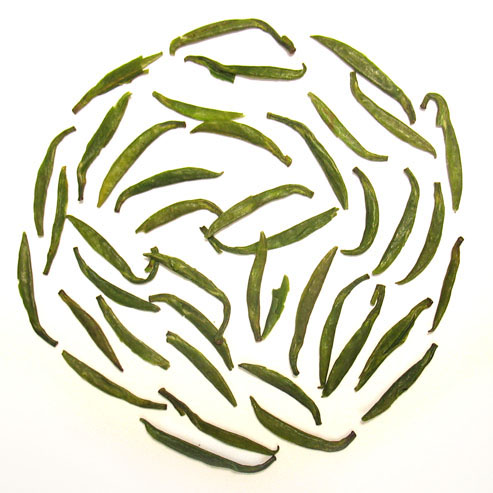
The location in Sichuan Province of the farms that grow this tea, Mount Ermei, is one of the four sacred Buddhist mountains of China. The mountain, at 10,166 feet tall, is the highest of the four sacred mountains, and revered as the place of enlightenment for a famous bodhisattva named Samantabhadra.China’s first Buddhist temple was built on Mount Ermei in the 1st century, and over time supported the construction of 75 additional temples.
Given its many holy associations, it does not surprise us that the mountain also serves as the terroir for Er Mei Snow Bud. The majestic tea was a Gold Prize winner in the 2006 Chinese National Tea Expo.
Er Mei Snow Bud is famous for its fragrance, which somehow captures the hard-to-describe aroma of mist in a mountain forest. The tender, bright leaves brew a clear, crisp liquor, with a lingering sweetness and buttery mouth feel.
Spring Harvest Tea: Xin Yang Mao Jian
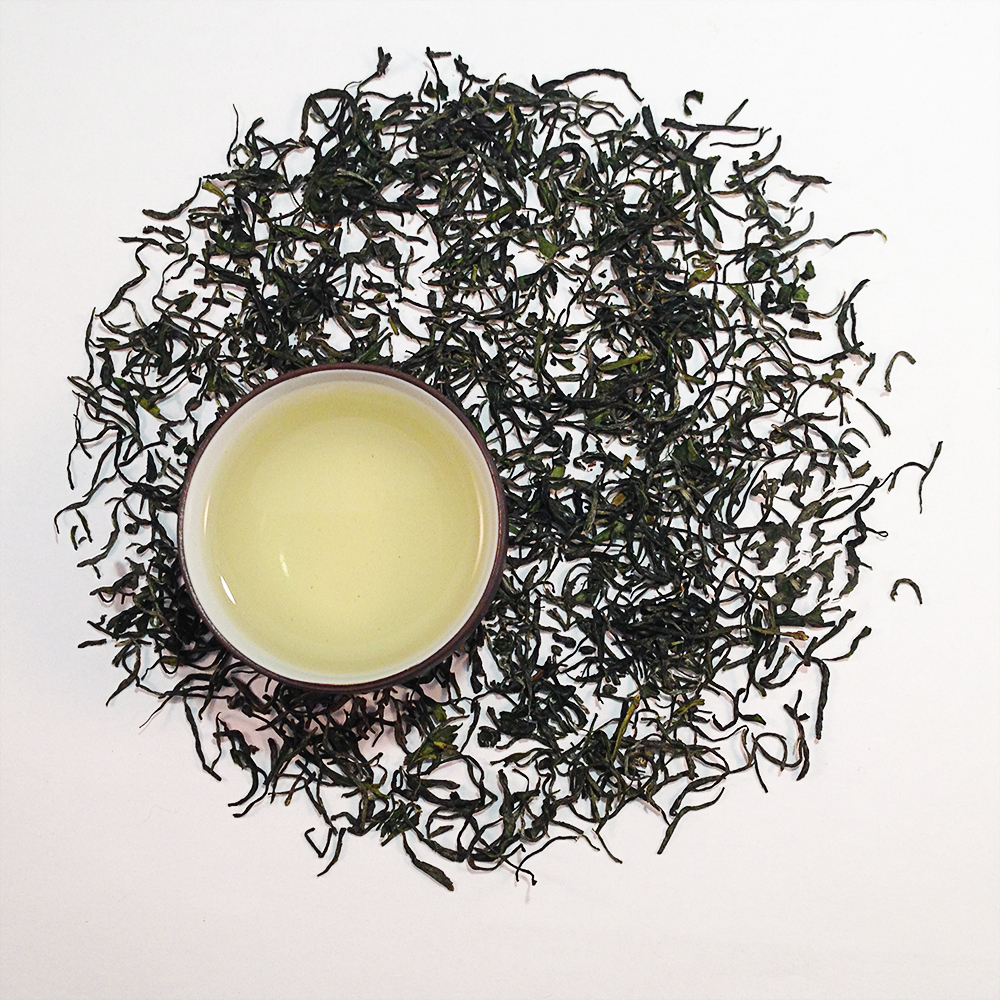
Just like Er Mei Snow Bud, the tea Xin Yang Mao Jian comes from high mountain terrain. Only instead of Sichaun Province, it comes from nearby Henan Province in Central China’s Yellow River Valley. Scholars believe that Chinese civilization began in Henan.
This tea, which means “Downy Tip Tea from XinYang County,” offers a distinct appearance. While some tea leaves are squat and twisty, and others are like long, flat blades, the leaves comprising Xin Yang Mao Jian are thin and pointed, like pine needles.
This beautiful spring-harvested green tea has a full-bodied, rich taste and, like Er Mei Snow Bud, embodies that unique perfume of mist in mountain forests.
Spring Harvest Tea: Tai Ping Hou Kui
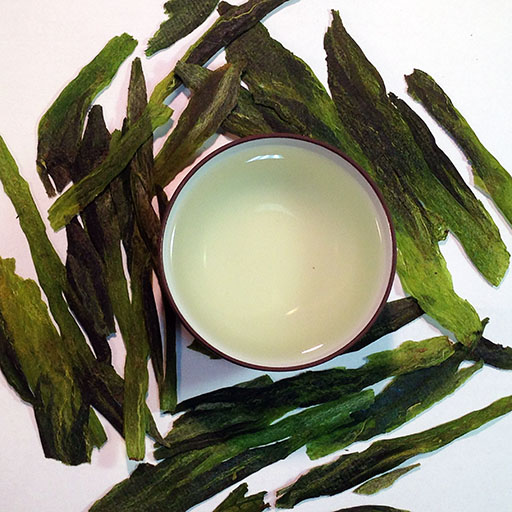
Mountains again? You betcha. Tai Ping Hou Kui, which means “Monkey King Tea from Taiping County,” comes from landlocked Anhui Province in eastern China. The province is famous for its Huangshan Mountains, with their low mantles of clouds, gnarled pines and distinct granite rocks. The mountains have been memorialized for centuries by Chinese painters.
Tai Ping Hou Kui is another visually distinct tea, with markedly long, flat leaves that are quite a bit wider than most tea leaves. The leaves are striking, and beautiful. So is the brewed tea! Its complex flavor seems touched with melon. The sweetness lingers after each sip, prolonging this tea’s grand taste to the benefit of the sipper.

